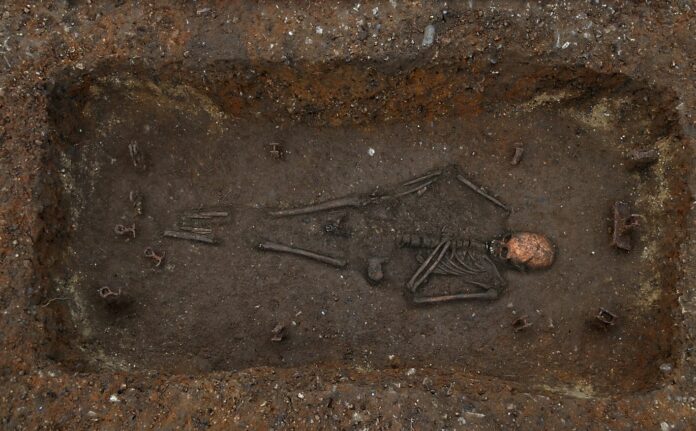The photo provides a compelling glimpse into her appearance during the final stages of her life.
Tracing the mysterious life of a 16 years Anglo-Saxon woman who was discovered by the Cambridge Archaeological Unit at Trumpington Meadows on Cambridge’s southern limits with an incredibly rare gold and garnet cross (the ‘Trumpington Cross’).
The Cambridge Archaeological Unit recently unearthed the burial site of a remarkable 16-year-old woman in the vicinity of Cambridge, UK. The young lady was laid to rest in the 7th century and was discovered with an exceptionally rare gold and garnet cross, now known as the ‘Trumpington Cross.’ In an exciting development, her facial features have been reconstructed through an analysis of her skull, resulting in a striking image that will be publicly showcased for the first time on June 21st. Additionally, new scientific findings suggest that she migrated from Central Europe to England during her childhood, leading to intriguing changes in her dietary habits.
This enigmatic woman’s burial artifacts, including the renowned Trumpington Cross, will be presented in a significant exhibition called ‘Beneath Our Feet: Archaeology of the Cambridge Region.’ The exhibition will be hosted by the Museum of Archaeology and Anthropology (MAA) in Cambridge and will be open to the public from June 21st, 2023, until April 14th, 2024.
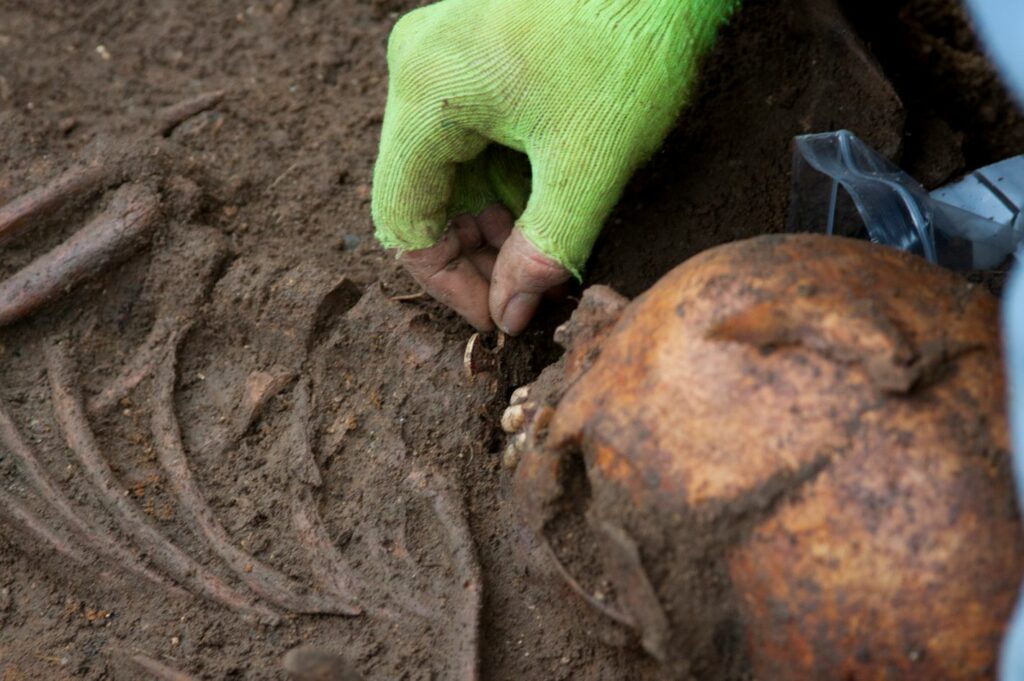
Renowned forensic artist Hew Morrison utilized measurements from the woman’s skull and tissue depth data specific to Caucasian females to recreate her likeness. Although precise details regarding her eye and hair color couldn’t be determined without DNA analysis, the image provides a compelling glimpse into her appearance during the final stages of her life.
“It was interesting to see her face developing,” comments Hew Morrison.
“Her left eye was slightly lower, about half a centimetre, than her right eye. This would have been quite noticeable in life.”
Groundbreaking isotopic analysis conducted by bioarchaeologists Dr. Sam Leggett, Dr. Alice Rose, and archaeologist Dr. Emma Brownlee, as part of their doctoral research at the University of Cambridge, has shed new light on the young woman’s origins. Employing a “you are what you eat” approach, the researchers discovered that she migrated to England from a region near the Alps, possibly southern Germany, when she was approximately seven years old.
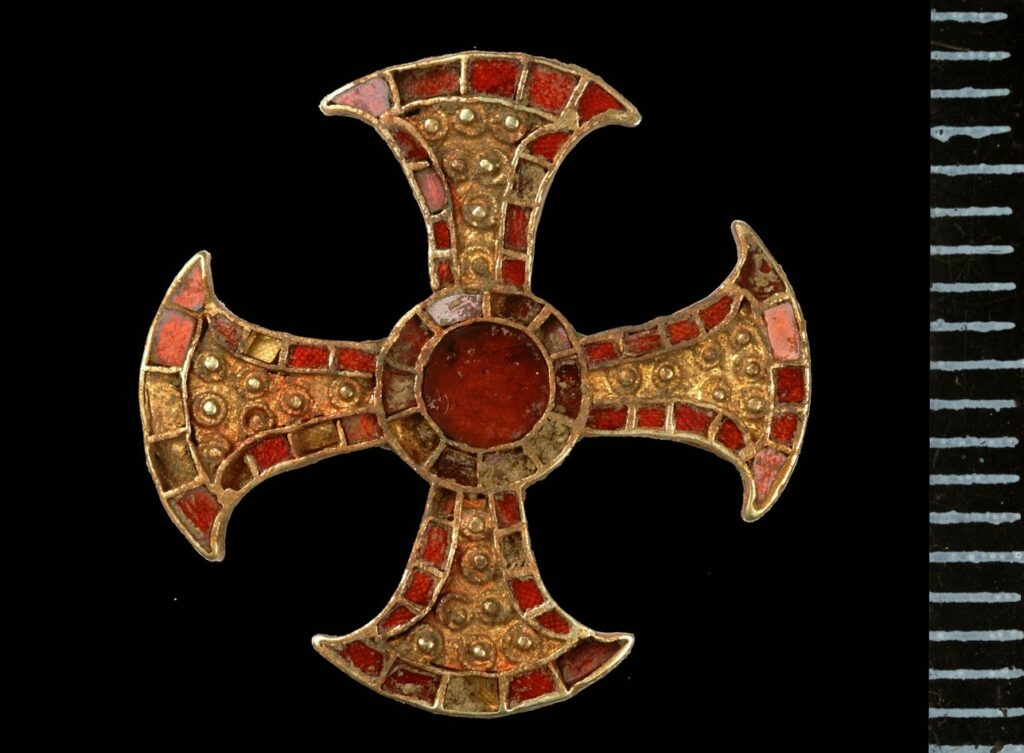
Furthermore, Leggett and Rose’s investigation unveiled a significant but subtle shift in the young girl’s diet after her arrival in England. The analysis of her bones and teeth indicated a decrease in the proportion of protein consumed. This dietary alteration occurred toward the end of her short life, implying that the period between her migration and eventual burial near Cambridge was tragically brief.
“She was quite a young girl when she moved, likely from part of southern Germany, close to the Alps, to a very flat part of Englandm,” adds Dr Leggett.
“She was probably quite unwell and she travelled a long way to somewhere completely unfamiliar – even the food was different. It must have been scary.”
Although previous analyses indicated that the young woman had experienced illness during her lifetime, the exact cause of her death remains a mystery. What is known is that her burial was a remarkable spectacle. She was interred in a distinctive manner, reclining on a intricately carved wooden bed, adorned with the magnificent gold pins (also on display) and exquisite attire.
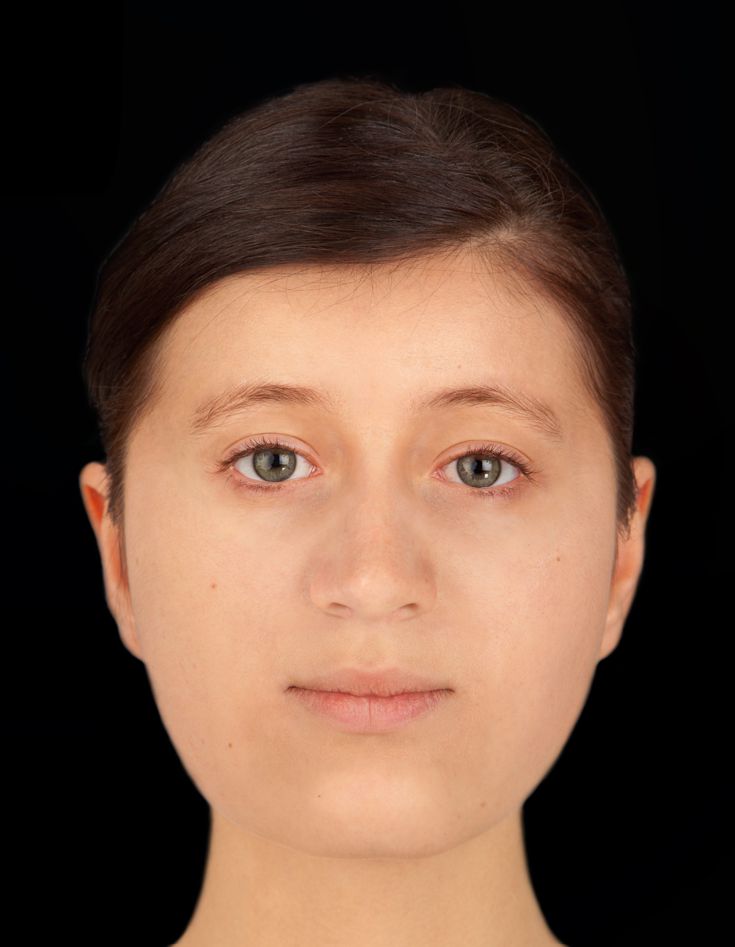
Her burial represents one of the rare instances of a bed burial discovered in the United Kingdom, with only 18 such cases ever found. Of particular significance is the striking and elaborate cross she was laid to rest with. Crafted from a combination of gold and garnets during the third quarter of the 7th century, this cross is one of only five of its kind discovered in Britain. Its presence identifies her as one of the earliest converts to Christianity in England and suggests her aristocratic or even royal lineage. Notably, a well-known example of a similar cross was found within the coffin of St. Cuthbert.
The historical context of her burial is tied to the mission of St. Augustine, who was sent by the Pope to England in 597 AD with the objective of converting the pagan Anglo-Saxon kings. This process of conversion extended over several decades, shaping the religious landscape of the region.
Dr. Leggett says: “She must have known that she was important and she had to carry that on her shoulders. Her isotopic results match those of two other women who were similarly buried on beds in this period in Cambridgeshire.
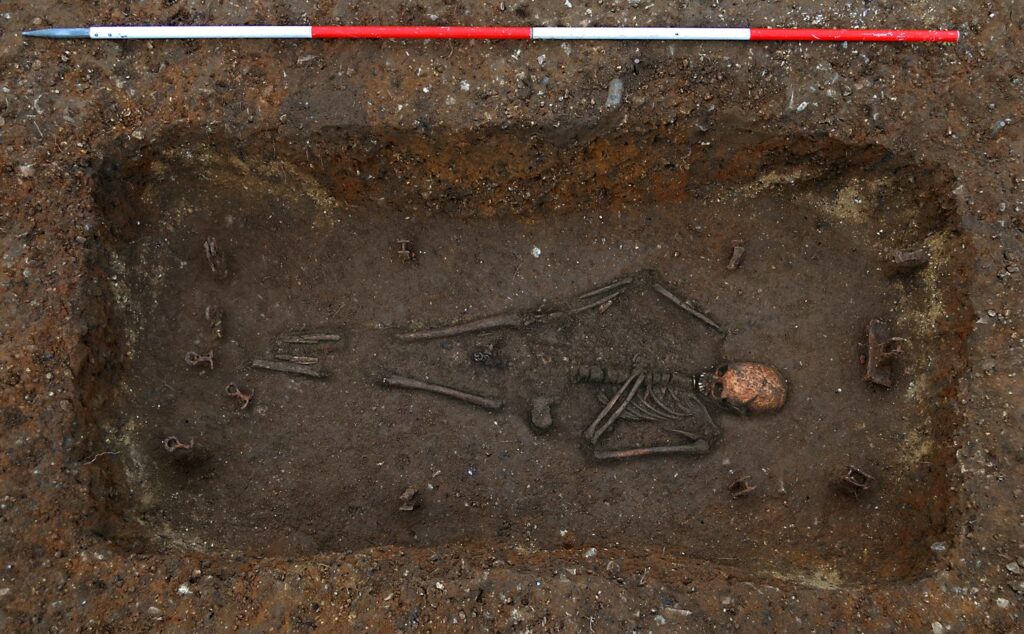
“So it seems that she was part of an elite group of women who probably travelled from mainland Europe, most likely Germany, in the 7th century, but they remain a bit of a mystery. Were they political brides or perhaps brides of Christ? The fact that her diet changed once she arrived in England suggests that her lifestyle may have changed quite significantly.”
“These are intriguing findings,” remarks Dr. Sam Lucy, a specialist in Anglo-Saxon burial from Newnham College, “and it is wonderful to see this collaborative research adding to our knowledge of this period.
“Combining the new isotopic results with Emma Brownlee’s research into European bed burials really does seem to suggest the movement of a small group of young elite women from a mountainous area in continental Europe to the Cambridge region in the third quarter of the seventh century.
“Southern Germany is a distinct possibility owing to the bed burial tradition known there. Given the increasingly certain association between bed burial, such cross-shaped jewellery, and early Anglo-Saxon Christianity, it is possible that their movement related to pan-European networks of elite women who were heavily involved in the early Church.”
Image Credit: University of Cambridge Archaeological Unit | Hew Morrison ©2023
